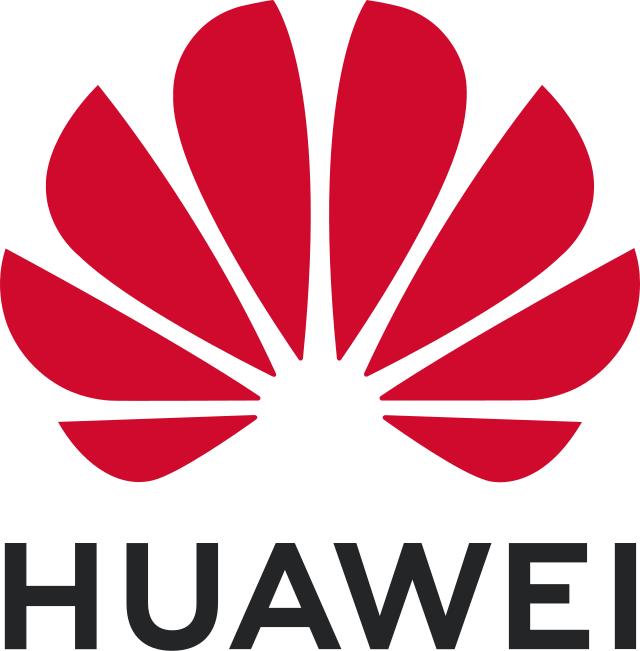In a bold move that could reshape the AI hardware landscape, Huawei has unveiled a high-performance computing system — the CloudMatrix 384 Supernode — that reportedly outpaces Nvidia’s top-tier AI accelerators. If the performance claims are accurate, this development may signal a shift in dominance within the AI chip market, especially as tensions between the US and China continue to escalate.
Outmuscling Nvidia: 300 Petaflops of Power
Dubbed by Chinese media as a “nuclear-level product,” Huawei’s CloudMatrix 384 Supernode delivers a staggering 300 petaflops of compute — significantly more than the 180 petaflops offered by Nvidia’s NVL72. The new system is engineered to overcome bottlenecks associated with training increasingly complex AI models.
Huawei’s architecture reportedly rivals the performance of Nvidia’s H100 chips, while relying solely on domestically produced components. The Supernode can process 1,920 tokens per second with high precision, marking a significant milestone for Chinese-made AI infrastructure.
Built Under Pressure: Sanctions and Innovation
What makes this breakthrough especially remarkable is that Huawei achieved it under intense US trade restrictions. Since being added to the US Entity List, the company has been cut off from advanced chipmaking tools and Western semiconductor technologies. In response, Huawei doubled down on local innovation and strategic partnerships — notably working with Chinese startup SiliconFlow to deploy the Supernode in real-world applications like powering the DeepSeek-R1 large reasoning model.
Key to the CloudMatrix 384’s performance is a custom interconnect architecture — Huawei’s answer to NVLink — which efficiently links processing units to operate as a unified high-speed system, similar to Nvidia’s latest offerings.
The Rise of Supernodes in China’s AI Strategy
Huawei’s Supernode is not just a technical achievement — it’s a piece of a broader national strategy. Other tech giants like Alibaba are also making enormous investments in domestic AI infrastructure. Earlier this year, Alibaba announced a historic $52.4 billion commitment to expanding computing resources across China.
Supernodes, like the CloudMatrix 384, are designed to act as powerful relay servers in large-scale clusters. With enhanced CPUs, neural processors, memory, and bandwidth, they accelerate the training and deployment of foundational AI models, helping China close the gap with US tech leaders.
A New Front in the Tech Rivalry
While Huawei hasn’t officially commented on the performance reports, the implications are clear. If verified, the CloudMatrix 384 Supernode represents a major step forward in China’s pursuit of technological self-reliance. It challenges the longstanding dominance of American firms like Nvidia and shows that even under heavy sanctions, Chinese firms are finding new ways to compete — and win — in the AI arms race.
This also signals a growing diversification in the global AI ecosystem. With alternative high-end hardware on the rise, developers and researchers may soon have more options for building and scaling intelligent systems, potentially easing the bottlenecks that have plagued AI progress.
Huawei’s innovation may well be a preview of what’s to come — a multipolar AI future driven by intense global competition, national ambition, and rapid technological breakthroughs.






